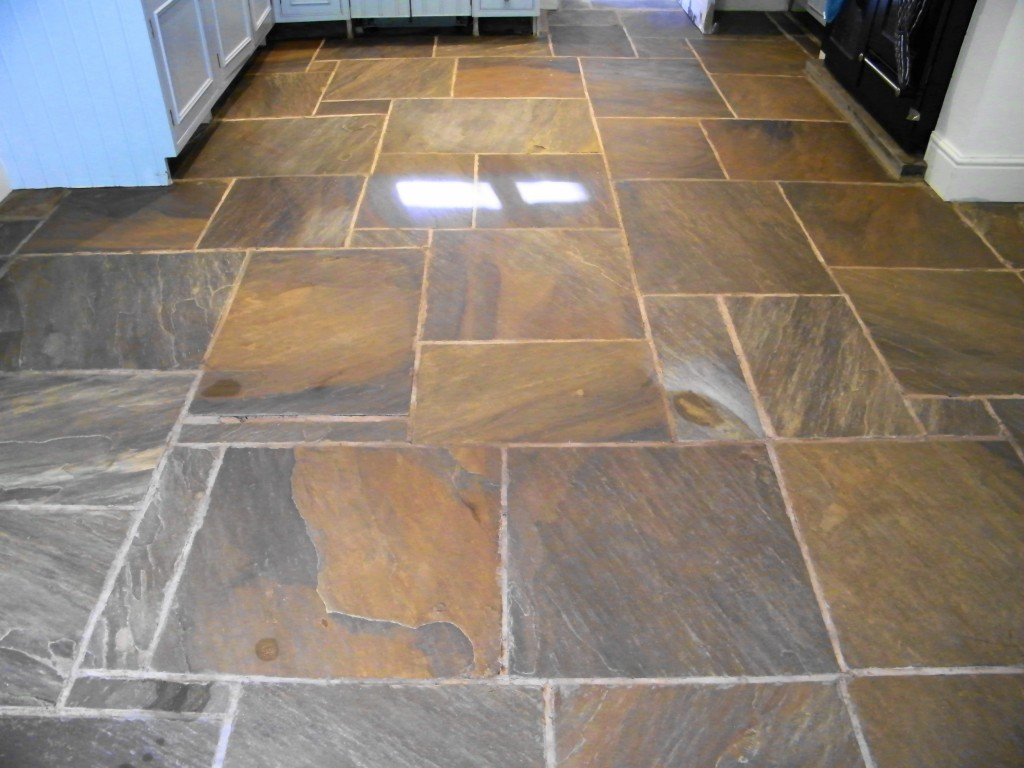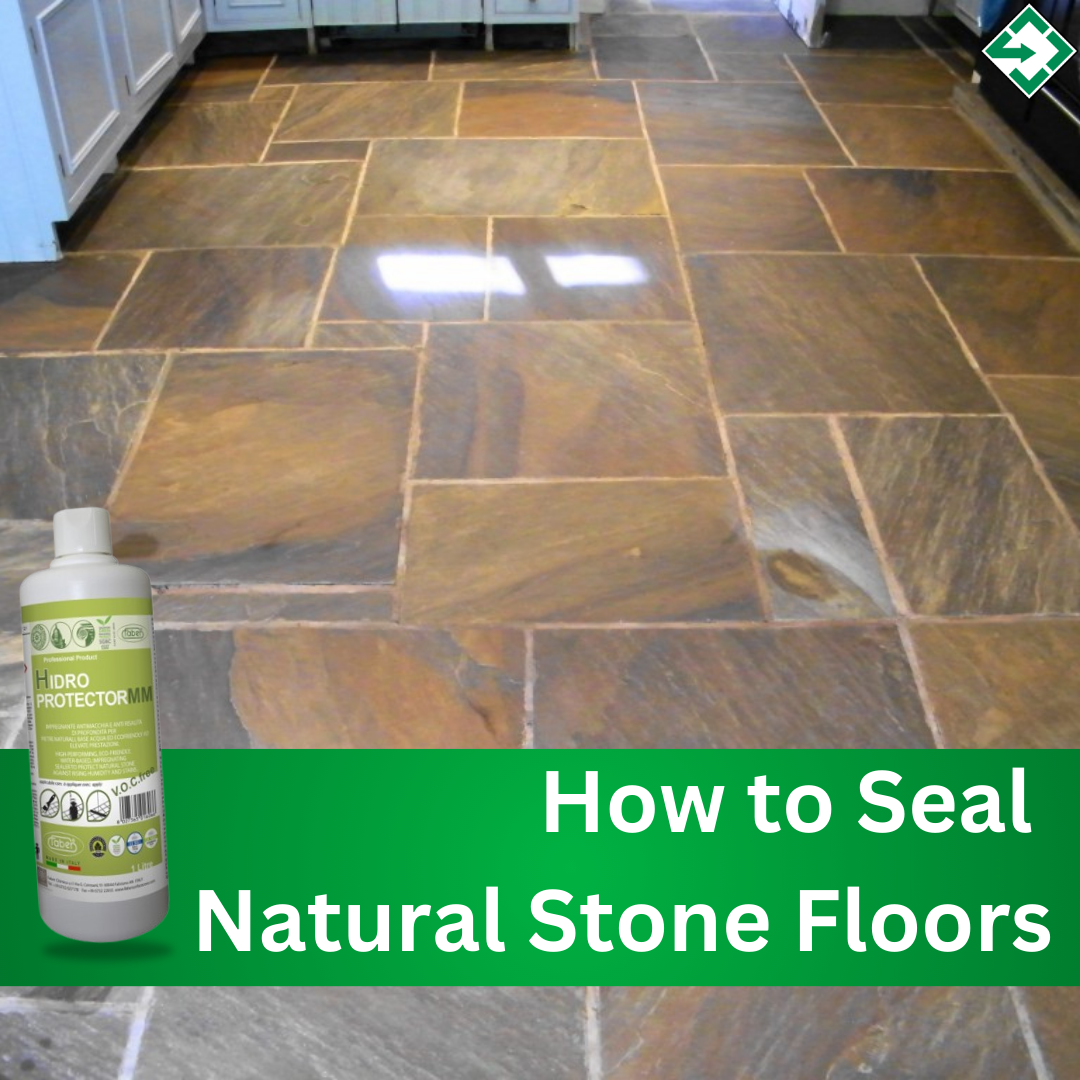We use cookies to ensure that we give you the best experience on our website. If you continue to use this site we will assume that you are happy with it. Learn more
How to Seal and Maintain Natural Stone Floor
How to Seal Natural Stone Floors
After installing new tile and stone surfaces into your property, the build of stains, dampness and rusting is inevitable. However, with the proper impregnating sealer, the time, money and effort you have expanded will not go to waste. Protect natural stone surfaces with the best form of protection. In this article, you'll learn how to seal natural stone floors for protection against rising damp and water damage.
To learn what the best floor restoration and maintenance products are and how to use them, visit the Tiling Logistics blog. Each article posted to our blog is written by a member of our team of professionals.
Alternatively, speak to a member of our team directly by calling us at 0121 773 9129 or send us an online message.
What is floor sealing?
The process of sealing floor surfaces is to fill the pores and small gaps surfaces have so they are no longer susceptible to liquid and other substances. Surfaces that have been sealed will also be left smooth, allowing dirt and rubble to be swept or wiped away.
An impregnating sealer prevents water and other liquids from entering a surface without altering the texture or appearance of the surface if correctly applied.
How does sealing protect natural stone surfaces?
All stone surfaces have pores and small gaps, these pores and gaps invite liquid and other small substances into the surfaces. Due to this, they are susceptible to permanent damage or visual alteration due to liquid substances.
Any dirt that gets into a surface’s pores will leave the surface dull and grimy. If this goes untreated for long enough it could lead to irreversible damage to surfaces.
Sealing stone floors fills these gaps to repel water, dirt and other contaminants from the stone, maintaining its integrity and appearance.
What you'll need to seal natural stone floors
Defend surfaces with Faber Hidro Protector MM. The ideal, high-performance impregnating sealer. It is perfect for use on natural stone surfaces.
Faber Hidro Protector MM defends against rising damp. Rising damp is the cause of common problems for natural stone.
These problems include:
- Damp marks
- Rusting
- Flaking
- Detached surfaces
- Salt efflorescence
- Surface aggressions
This impregnating sealer provides surfaces with an oleo-repellency and hydro-repellency. Oleo-repellency reduces the negative effects that oils will have on polished surfaces and hydro-repellency protects these same surfaces from water-related damage.
Unlike its competitors available on the market, Faber Hidro Protector MM deeply penetrates natural stone surfaces. This factor ensures sturdy, long-lasting protection without reducing the breathability of the surface.
Additionally, this stone protector is 100% water-based and eco-friendly.
Protect natural stone surfaces including marble, travertine, granite and more
Hidro Protector MM is ready for use on a wide range of stone materials.
Suitable for Use On:
- Marble/Marble Agglomerates
- Granite
- Limestone
- Sandstone
- Slate
- Basaltina
- Quartzite
- Travertine

How to seal natural stone floors - protection from rising damp and rusting
Faber Hidro Protector MM is surprisingly easy to use despite all that it is capable of.
Protect any surrounding surfaces not involved in the process.
The application process requires a white pad or a damp cloth. You'll also need a roller, lambswool applicator, or brush.
1. Apply Faber Hidro Protector MM
Apply a layer of sealer, being sure to cover the entire surface in an even coat.
2. Wait for 5-10 mintues
After 5-10 minutes, spread the residues with a roller, paintbrush or lambswool applicator.
Doing this before the sealer dries is imperative.
3. Remove the residue
After redistribution, remove any residues with a white pad or damp microfibre cloth. Use a white polishing disc for larger areas.
After this application, the surface will not completely dry until at least 24 hours have passed.
Beyond its initial use, this impregnating sealer also makes grout removal and cleaning easier after installation.
It is important that the surface being treated by Hidro Protector MM is as dry as possible and in no circumstance should it be applied to a wet surface.
This stone impregnator can be used on exterior and surfaces.
Seal natural stone floors without changing their appearance
This stone protector will in no way affect the appearance of the surfaces you have spent so much time, money and effort to install. This marble sealer will not darken surfaces.
After treatment, Hidro Protector MM will not film. This stone sealer is VOC (volatile organic compounds) free so no gases will be released around your property.
This impregnating sealer is both odourless and colourless meaning it can be discretely be applied to your surfaces without affecting the surrounding area.
How Often Should I Re-Seal Stone Floors?
The longevity of the sealer will vary depending on the surface texture, type of stone, tile, or grout, where it is located, the kind of wear the surface is exposed to, amongst other factors.
Typically, we recommend re-application on commercial flooring every 3 years and every 3 to 10 years for residential flooring. We recommend re-application on counters every five to twenty years and every three to twenty years on vertical surfaces.
Perform a simple water test to determine whether your stone requires resealing. Place a few drops of water on the stone's surface and observe how it behaves. If the water is quickly absorbed, it is an indication that the stone needs to be resealed. On the other hand, if the water remains pooled on the surface, the sealant is still effective.
More Information
To learn more about Faber Hidro Protector MM, read the material safety data sheet (MSDS).
Otherwise, get in contact via 0121 773 9129 or send a message online.


